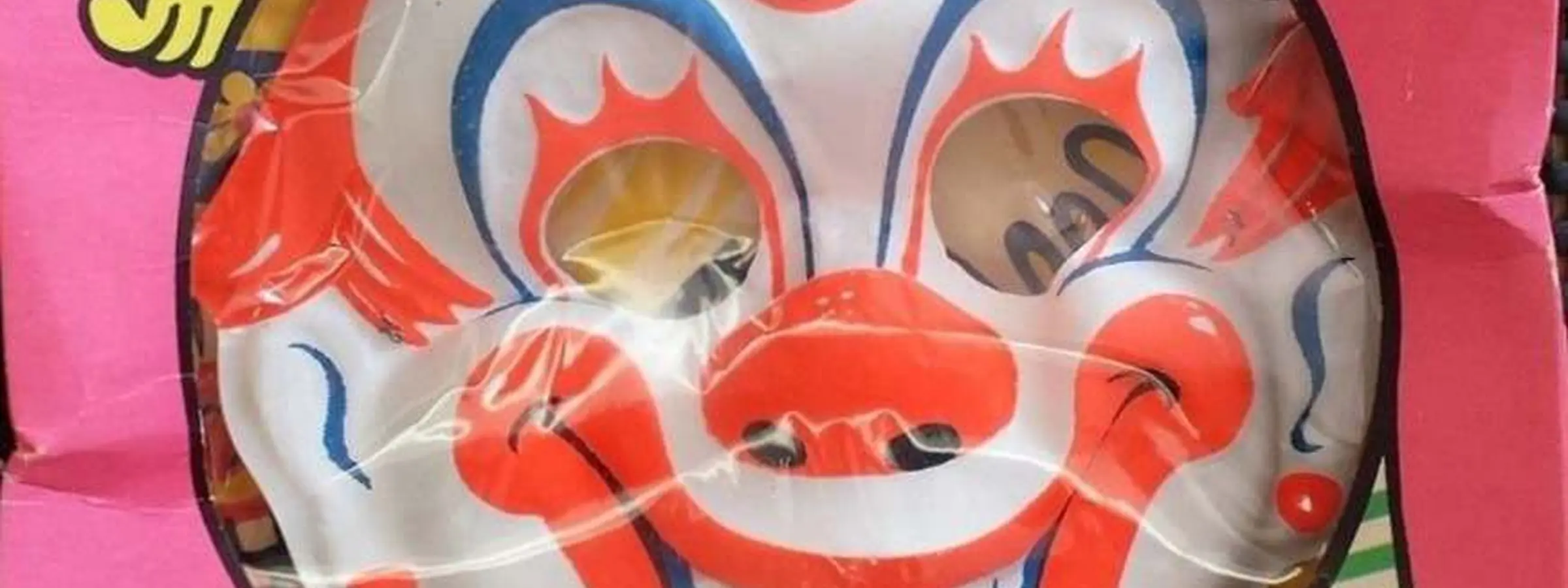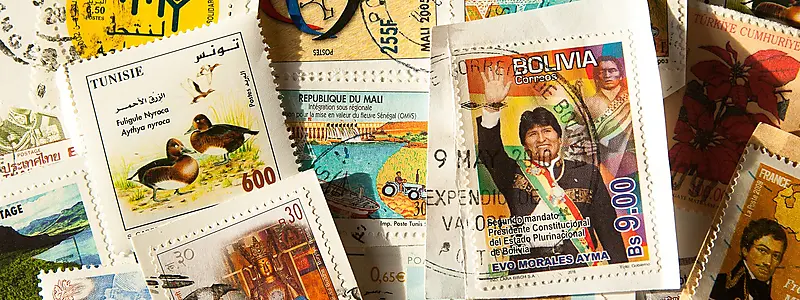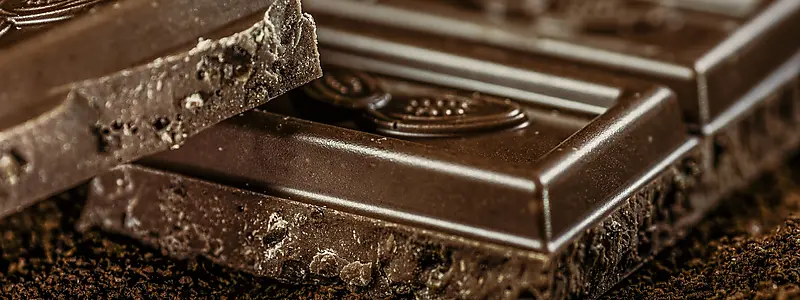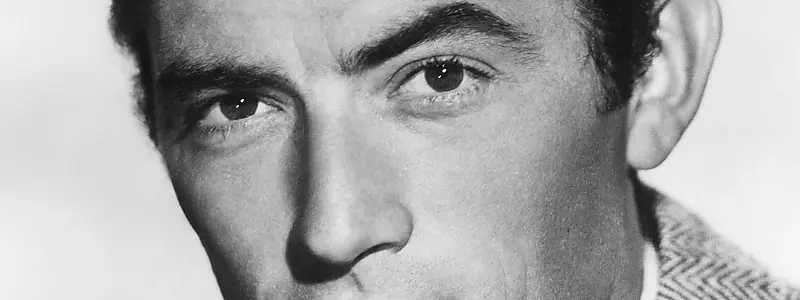The only thing scary about the horrible store-bought Halloween costumes of the 70s and 80s was getting cancer from everything toxic you touched. It always just felt disgusting to me, the way they slapped pictures and logos on the awful polyester shirt and didn’t even try to make a kid look like a character. The masks were badly made from a single piece of plastic and the weakest rubber-bands in our known creation. However their appearance was often very disturbing… even if the character was adorable and cuddly. I have wanted to weave these awful costumes into a story somehow, but haven’t had the opportunity. Fortunately, Halloween for writers can draw upon so much other inspiration.
At its core, Halloween is a story time of sorts. From the ghost stories shared around campfires to the horror films that became a Halloween staple, it is the time of year when people unite to bond over the nursing of herds of hemophiliac vampire bats. Distilling shared feelings, customs, and fears stirred by this unfurling of ghosts into a novel that is thrilling and enigmatic as the holiday itself is powerful fuel — and as a writer you can make use of it. Regardless of whether you’re penning horror, fantasy, a mystery, or even a romance, Halloween’s magic can be that thing that gets your creativity running hot, pulling you to the bottom of your story and beyond.
Halloween as a setting for authors
Setting is one of the first things that comes to mind for Halloween. The sight and sounds of the season, from fog-laden cemeteries to glowing jack-o’-lanterns, are inherently mysterious and suspenseful, lending themselves perfectly to the page. You lay the groundwork: Your story begins in a small, removed town, where each street is lined with tall, skeletal trees, their empty branches waving in the autumn breeze. The air is thick with the smell of wet leaves and wood smoke, and the nights come sooner and stay longer and deeper. There’s an inherent magic in this, the notion that anything can happen when, as the veil between the worlds of the living and the dead is at its thinnest, we slip in and out of each other’s worlds.
Let’s start with the clearest: the film. The original. The remakes are derivative trash that I refuse to accept as anything else. Setting is key to the iconic spooky atmosphere of Halloween. Its story takes place in the fictional small town of Haddonfield, Ill., and the film’s hushed suburban streets, parallel with apparently picturesque houses and leafy trees, suggest normality in juxtaposition to the lurking dread. Autumn is in the story’s zeitgeist, dead leaves litter streets, the chill in the air enhancing feelings of isolation. Many dimly lit interiors, shadowy corners and long, eerie night sequences increase the tension. The neighborhood that should be safe and familiar becomes a place of terror as Michael Myers hunts his victims, turning the quotidian into the sinister. The setting’s mix of suburban placidity and darkness reflects the film’s theme of evil lying in wait right in front of you, amplifying the horror.
Dive deeper
But Halloween isn’t simply about the setting — it’s about the characters who occupy it. From witches to werewolves, from restless spirits to masked strangers, the holiday’s lore is rife with figures who can provide the foundation for an interesting cast. These archetypal characters can be played in many ways. You can use familiar myths, such as that of the Headless Horseman, or create entirely new legends, using Halloween’s themes of transformation, the unknown and confronting fear as your guide. Maybe your protagonist is a witch despite herself, an heir to powers they don’t completely comprehend and must grapple with as shadows start creeping across their town.
But another way Halloween translates very well to novel writing is in terms of the supernatural. The holiday’s close ties to spirits, ghosts and otherworldly entities can lead to stories that play with themes of life and death, and the beyond. Or what about a story in which the barrier of life and death is shattered and ghosts wander freely among the living, for better or worse? It could make for a suspenseful, emotional, morally complex novel, as your characters are compelled to face not only their fears but also the unresolved issues of their pasts.
Halloween also has that sense of childlike wonder to it — a nostalgia for those days of trick-or-treating, fun but elaborate costumes, that sense of excitement in a night when the rules have changed and the everyday world feels just a little bit magical. This anticipation of discovery can charge your novel with a sense of fun and magic, even when bad or frightening things are happening. A narrative that stitches together the joyful parts of Halloween with its creepier face could establish a tone of its own that plays with light and dark, making readers feel both spooky and sassy. Maybe you write a story in which a group of kids discovers an ancient curse while trick-or-treating and has to come together to break it before Halloween night is done.
At its core, Halloween is about fear — fear of the unknown, fear of death, fear of monsters, whether real or imagined. All of which makes it a perfect vehicle for a novel’s thematic exploration. Your protagonist’s journey can reflect the essence of Halloween, facing their fears both internal and external along the way and learning about who they are in the process. Maybe they are not fighting physical monsters but rather their own personal demons embodied in a world where the supernatural and the psychological are inextricably linked. In such stories fear becomes a character, driving the narrative and reshaping the world around your protagonist.
Any genre
When writing, keep in mind that Halloween is not about explicit horror or the supernatural only. Its deeper themes — of transformation, encountering darkness and embracing the unknown — can be threaded into any genre. A romance might follow the transformative power of love at an annual Halloween festival, while a mystery might take place during a town’s haunted house tour, where the line between staged scares and real danger blurs. Even for a fantasy novel: Halloween’s motifs could inform a world where magic at its most powerful emerges when the worlds of the living and the dead come closest to merging.
Halloween, one of my favorite times of the year, is so exciting because it connects to primal emotions and ancient practices. Samhain, the Celtic festival that led to Halloween, was thought to be when the spirits of the dead returned to earth. This ancient belief in the permeable boundary between worlds is a rich idea to interrogate in a novel. The notion that time is cyclical, the past a reshaping of what was truly once and never gone, and the option of death as an ending, but a passing into a greater realm, can give your story deeper mythological resonance.
Lastly, do not underestimate the uses of symbolism. There are so many iconic images associated with Halloween that you could adopt to use as metaphors throughout your novel. A scarecrow sitting in an empty field can convey loneliness or a lurking menace. A candle burning in a window can symbolize hope in dark times. Costumes serve as a means of expressing or even confronting deeper themes of identity, deception, or the facades we put on for others. Used mindfully, these figures can enliven your story with layers of meaning and texture, making your novel resonate on both an emotional and intellectual basis.
Great Flashbak post about bad Halloween costumes of the 70s and 80s









